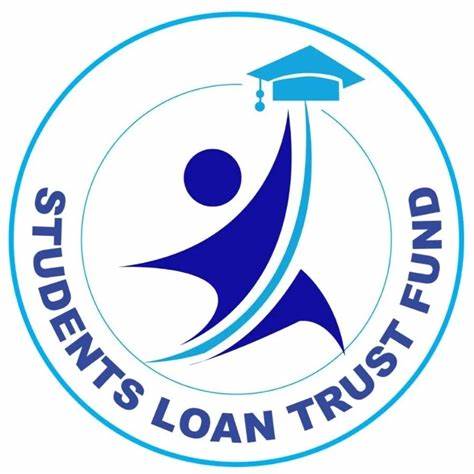PROVIDING EQUAL ACCESS TO TERTIARY EDUCATION IN RURAL GHANA
INTRODUCTION:
In general, a rural area is a geographic area that is located outside cities and towns. Or
A rural area can be defined by overall population, population density, commuting patterns, and/or distance from other settlements
Segments of urban centers that are heavily populated with informal settlement characterized by substandard housing and lacking reliable sanitation services, supply of clean water, reliable electricity, timely law enforcement and other basic services, must also be considered equally in discussions on access.
School continuation rates after age’s 11-14years drop sharply from 7% to 66.8% at age 15-19 years.
Continuation rate continues to drop after age 15-19 years from 66.8% to 23.6% for 20-24 years
The drops corresponds to the transition from SHS to tertiary level, The low levels of transition to higher education at the two levels reflect some bottlenecks in our educational systems which have existed over the years.
8% of people with a degree or higher will get job as compared 5.0% of people who never attended school
3% of Self-employed without employees had never attended school as compared to 6.4% who had a degree or higher.
Even though great strides have been made over years, a lot more remains to be done.
For instance, in 2010 PHC, 74.1% of the population 11 years and above were literate.
Higher education is important irrespective of where your ward will end up. Indeed, a trained hand is a better agent for development than the reverse.
MoE is working at the teacher and school related issues and the SLTF and aligned agencies are working on other support mechanisms to reduce barriers.
RELEVANCE OF THE TOPIC OF RURAL ACCESS TO TERTIARY EDUCATION
Stakeholders’ discussion like this helps to make the issue a front page and hence develops efforts at reducing the gaps between urban and rural dwellers in educational support.
There are still significant gaps in educational opportunities between rural and urban communities.
These gaps arise in part because rural areas face several unique challenges many of which can be drastically reduced through access to high-quality tertiary education
SOME BARRIERS TO TERTIARY EDUCATION
- Poor Academic Performance
Poor academic performance is endemic in rural communities. This has been attributed to a number of factors including
- Quality of teaching and learning
- Quality of teaching staff employed in rural communities
- Lack of infrastructure and learning materials
- travel/commuting distance between schools and residents,
- Parental apathy –Apam By-Laws on Education 8th June 2015 News item) others
- Financial Barriers
- Income levels in rural communities are woefully inadequate to cater for basic needs of families let alone education. According to the GLSS-4, poverty is more a rural phenomenon with over 51% of rural folks on the higher line and 36% on the lower line.
A COMPETITIVE STUDENTS LOAN
- Students Loan @ 12% Interest rate and 14% after grace period
- BoG base rate 21% , and therefore
- Commercial Banks – 21% + Risk assessment+ bank’s operating cost (loaded) + shareholders profits= 32%+
TACKLING THE FINANCIAL BARRIERS WITH SLTF
- Using a differentiated funding model because we know at the SLTF that one-size-does not fit all.
- We have developed a targeted and comprehensive strategy to overcome some of the challenges.
- SLTF Act 820, 2011 enjoins the trust fund to supports all Ghanaian Tertiary students irrespective of whether it is public or private or whether the person studies dance, teacher trainee or medicine.
- However to protect the public the Act enjoins us to only give the loans to schools that are accredited and programs must also be accredited.
Proxies that ensure inclusiveness
- Section 19 of SLTF Act 820, 2011 also enjoins us to ensure that the Student loans are guaranteed.
- SSNIT, Non- SSNIT Guarantors e.g. MMDA, Religious Bodies
- Access to Information- Targeted engagement-
- CITIFM write away
- Adult Education,
- Access to Information- Targeted engagement-
- Volta Star Radio,
- Ura Radio Upper East
- Savanna Radio
- Sunshine Radio, BAR,
- Re-introduction of paper application
- Deployment of GCB Bank POS Devises to rural tertiary institutions
- Better targeting for Means Testing
- Grant/Additional Loan For PRE-REGISTRATION & TOP-UPS:
SLTF will build collaborative partnerships with:
- High Networked Individuals/Institutions, Corporate Ghana
- District Assemblies &
- Parliamentarians
Conclusions
- Educational attainment is an important predictor of future health, employment and welfare prospects and plays an important role in tackling disadvantages.
- Young people who have gained some education are better able to participate in social, community and political life and make informed and balanced choices
- The 2010 PHC showed that over 70% of all those with some education in Ghana did not go beyond basic education.
- Collectively we must bridge the gap at the higher levels of education.





